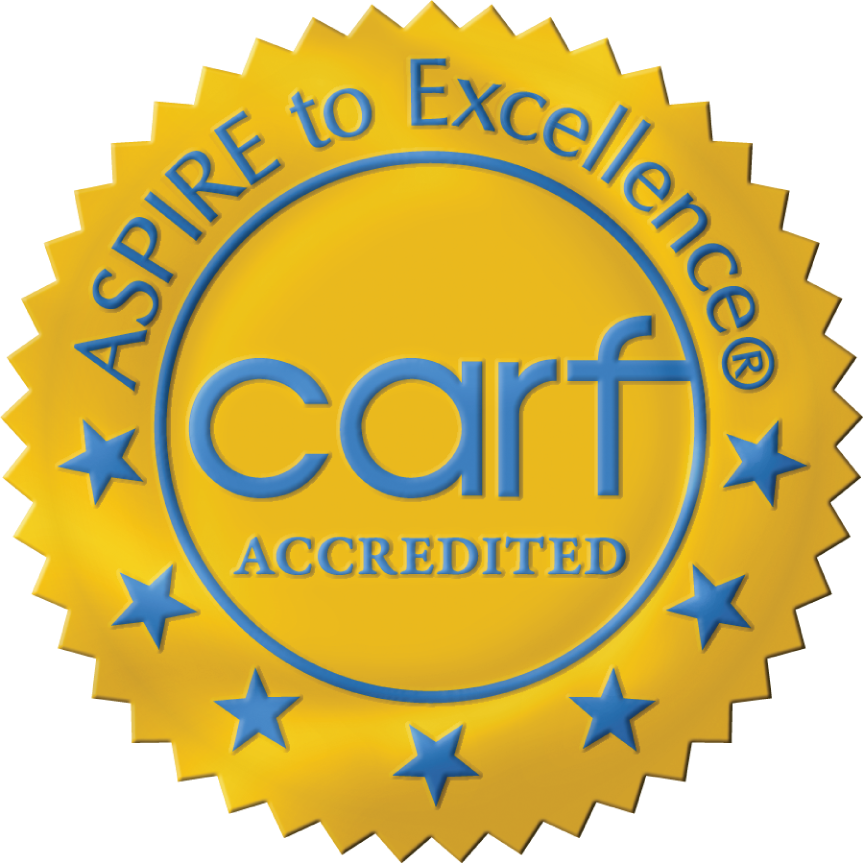Understanding Opiate Addiction
Opiate addiction is a severe and debilitating condition that affects millions of Americans each year. It is characterized by a compulsive urge to use opioid drugs, even when they are no longer medically required. Addiction can develop from the misuse of prescription opioids like oxycodone, hydrocodone and morphine, or through the use of illegal narcotics such as heroin.
Addressing Co-Occurring Disorders in Treatment
Many individuals struggling with opiate addiction also suffer from co-occurring mental health disorders such as depression, anxiety or bipolar disorder. Co-occurring disorder treatment is critical, as it addresses both the addiction and any co-occurring psychological issues simultaneously, which is essential for effective recovery.
Ongoing Support and Aftercare
Recovery from opiate addiction is a long-term process. Bluff Augusta offers continued support through outpatient services, including partial hospitalization programs (PHP) and intensive outpatient programs (IOP). These programs are designed to provide flexibility while maintaining a high level of care, helping clients to integrate back into society and manage their recovery sustainably.
The Importance of Community and Family Involvement
Recovery is often more successful when supported by a community. Bluff Augusta encourages family involvement through therapy and education, helping to build a strong support system for the client. Community resources, support groups and follow-up programs also play a crucial role in the sustained success of recovery efforts.
Addressing the Stigma of Addiction
Bluff Augusta is dedicated to addressing the stigma associated with addiction, promoting a better understanding of this condition as a medical illness rather than a moral failing. This approach fosters a more compassionate environment for clients to recover.
Choosing Bluff Augusta for Opiate Detox and Rehabilitation
Choosing the right rehab center is crucial for effective recovery. Bluff Augusta offers a serene setting, experienced staff and a proven track record of helping individuals regain control over their lives. If you or a loved one is struggling with opiate addiction, consider Bluff Augusta for a comprehensive and compassionate approach to treatment that offers hope and a path to recovery.
Get Help Today
For those in Augusta, GA, and surrounding areas looking for effective treatment for opiate addiction and prescription drug abuse, Bluff Augusta provides the necessary medical expertise and supportive environment to overcome addiction. Contact us today to learn more about our programs and how we can help you or your loved one start the journey to recovery.


